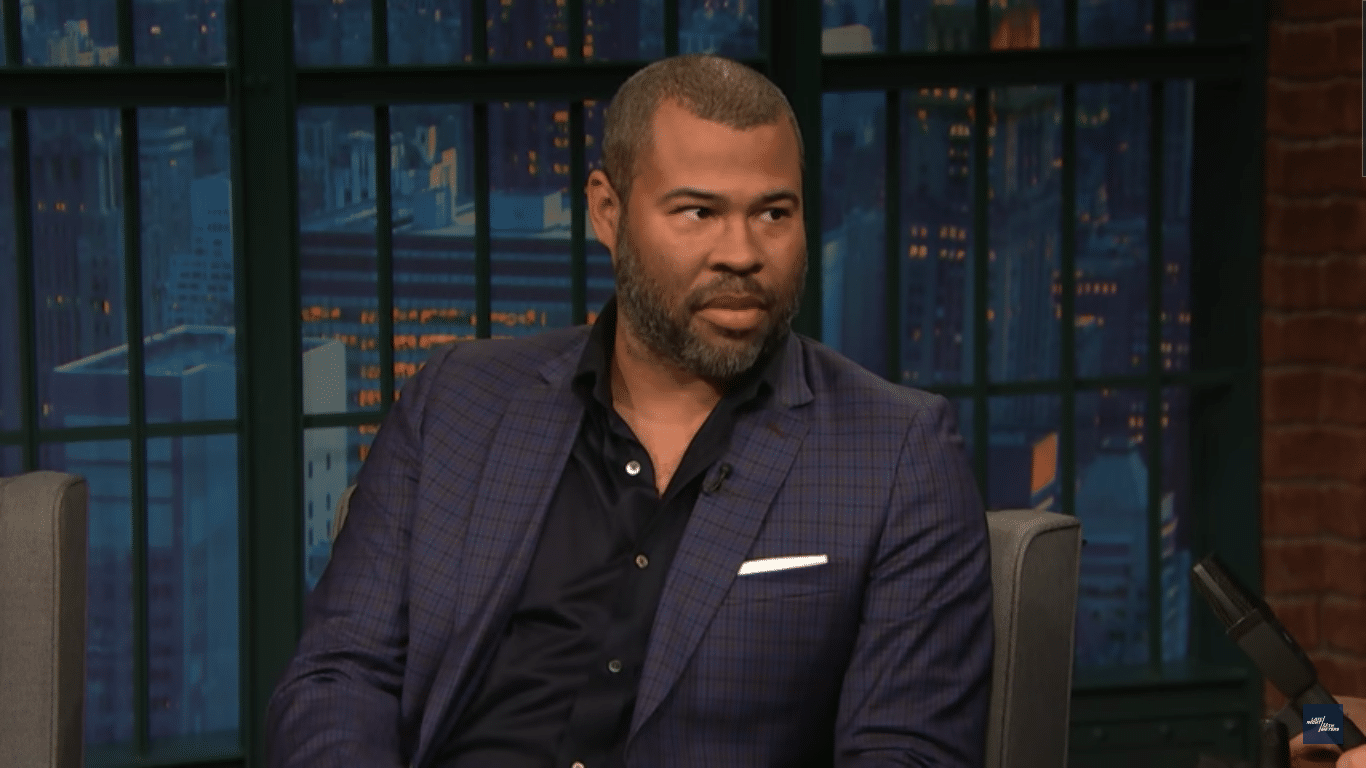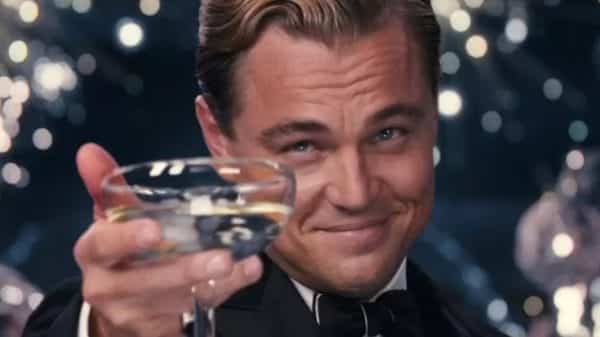Since the beginning of Gothic literature, the books in this genre have always reflected the fears of the society around them. When horror films became popular, the same thing happened. With Jordan Peele’s new film Nope on the horizon, let’s look at his previous films, Get Out (2017) and Us (2019), to see how he fits into this tradition.
The Evolution of Horror
Generally, horror is said to have begun as a genre in 1764, with the publication of Horace Walpole’s The Castle of Otranto. Since then, it has become the unsettling genre that an author could use to reflect a society’s unease. Waves of the gothic would appear at moments of political and social crisis. To give an example, Matthew Lewis’s 1796 novel The Monk follows Ambrosio, a well-respected monk’s downfall into immorality and eventual deal with the devil. This early gothic novel mirrors the anti-Catholic sentiment that was circulating in England at the time
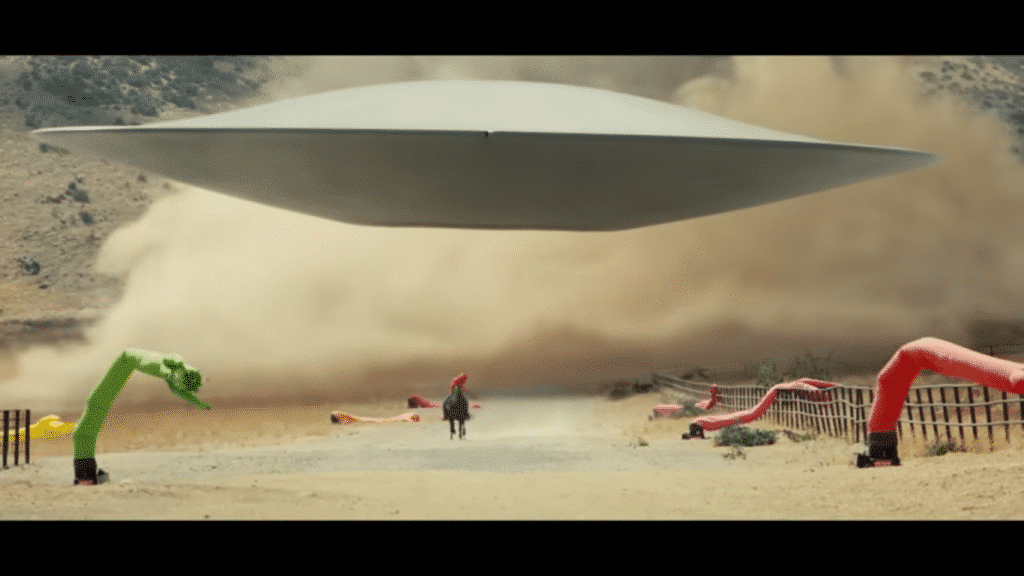
Many famous novels such as Dracula are read as parables to reflect a fear of outsiders – immigrants or foreigners, perhaps most obvious in the work of H.P. Lovecraft. Lovecraft’s overt racism is said to have seeped into many of his works, The Shadow over Innsmouth, to name but one. In many ways, his literature reflects the fears of Lovecraft and the conservatism of the time.
Jumping forward to the 20th Century, The Stepford Wives (1972), by Ira Levin and its subsequent adaptations reflect society’s resistance towards feminism, and men’s fear of losing control over their wives.
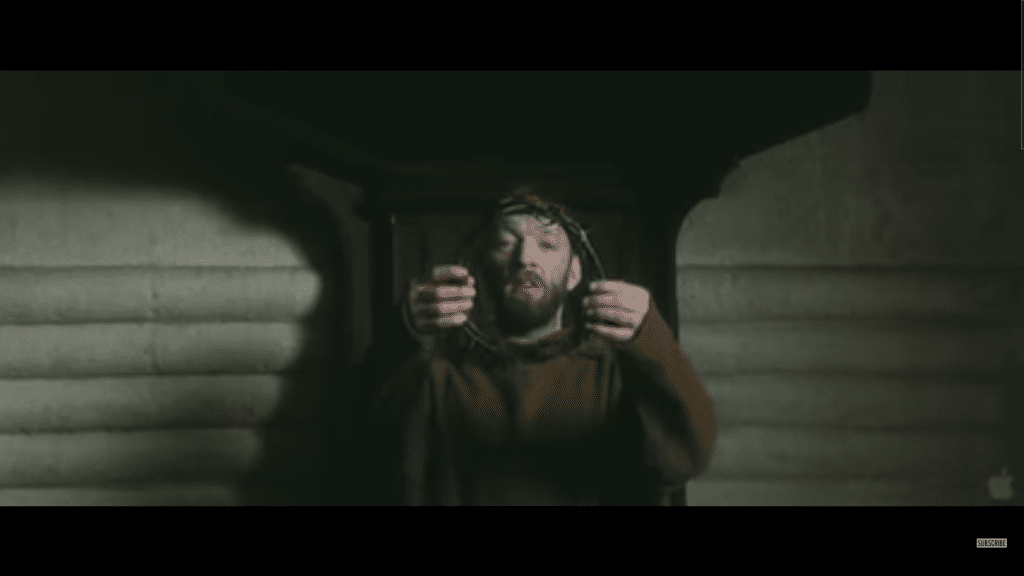
Get Out
Many people have been quick to draw similarities between Peele’s first film Get Out and Levin’s The Stepford Wives. While Levin depicts women becoming docile robots, Peele depicts largely the same for black Americans. The film deals with benevolent racism, and the smug liberalism of the white middle-class. It deals with a topic often neglected in white conversations about race, handling the fetishization and commodification of black people, revering them for their body’s supposed strength or athleticism, but never respect them as equals.
In this regard, Peele specifically handles reality for African-Americans, continuing the gothic tradition of reflecting society’s fears, while representing an often neglected facet of horror in Gothic literature and film courses. This success of this movie has gone on to inspire a revision of overly-white arts classes, with one UCLA lecturer doing a class specifically on black horror.
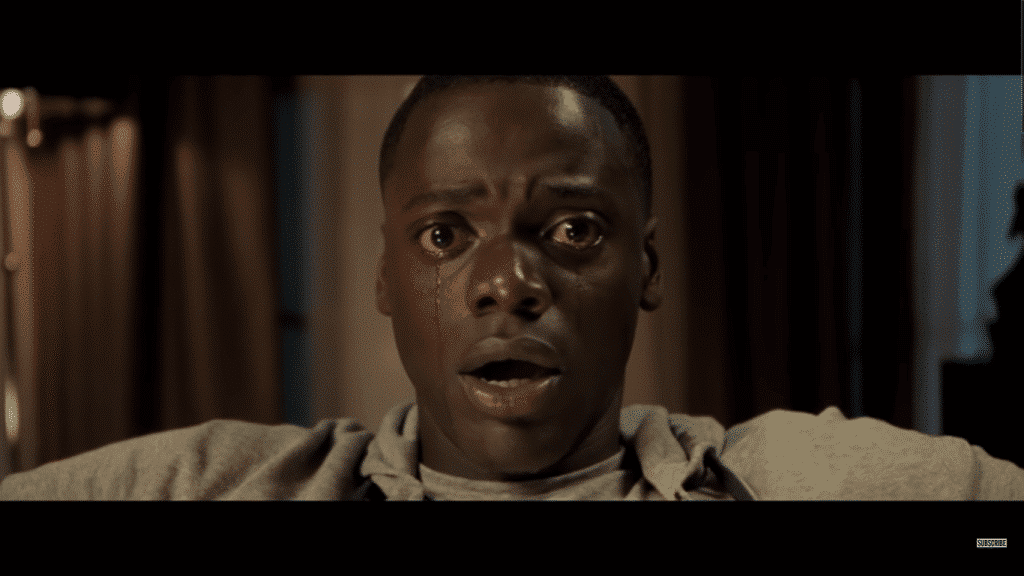
Us
A major theme throughout gothic literature and film is the idea of the repressed, which largely stems from Sigmund Freud’s The Uncanny (1919). In this essay, he deals with the idea of discomforting familiarity. Representation of the doppelganger links with this idea and is depicted in Peele’s second film. Why is it that seeing a replica of yourself, as in Us, is so disconcerting? Often a double is a representation of the repressed part of ourselves, the part of us that we do not wish to see. Jordan Peele talks about the fear of doppelgangers in his interview with Seth Meyers.
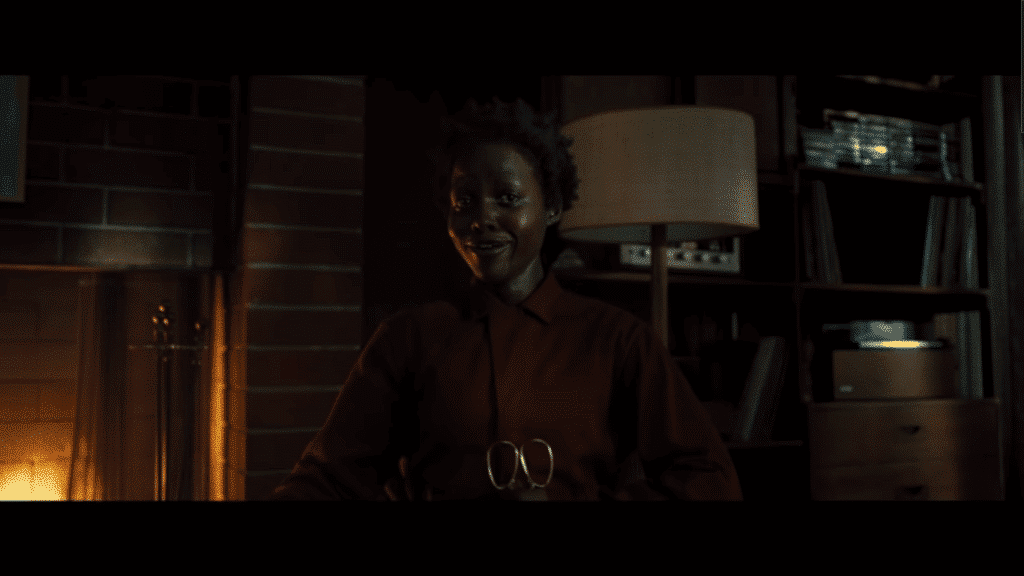
The film expands on the uncanny doppelganger to reveal the unsettling realities of the U.S., critiquing inequality, capitalism, materialism, and the failed American Dream. In many ways, it deals with the past coming back to haunt us, as represented by Lupita Nyong’o’s character’s double, and in subtler ways such as Gabe’s Howard sweater, highlighting a predominantly black university, with a history of educating black Americans through segregation and educating over 150,000 freed slaves in its first five years. In this way, Us deals with unsettling pasts and persisting fears, underlining that the most terrifying truths of society come from within ourselves.
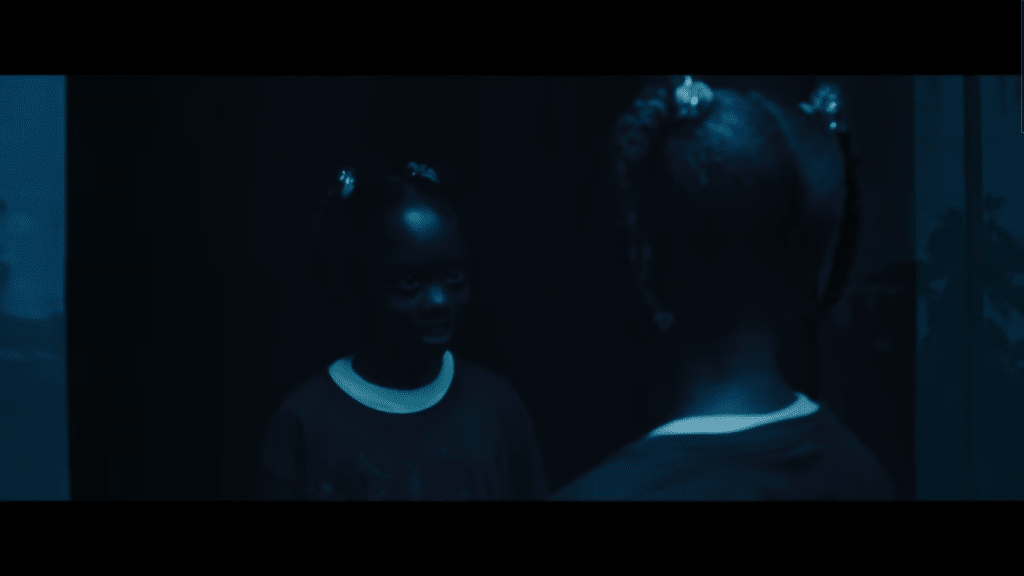
Nope
So what can we expect from Peele’s latest release? Shots from the trailer reveal it tells the fabled American UFO story, backdropped by an enveloping sky. This is reminiscent of the Romantic literature idea of the Sublime, found in classic Gothic texts, most notably Mary Shelley’s Frankenstein. The Sublime deals with expansive and overwhelming nature, often unruly or awe-inspiring, highlighting the smallness of one’s own self. The idea of the UFO and extra-terrestrial life seems like a modernized telling of the sublime in a digital age. Speculations seem to gauge that the film deals with themes of surveillance, spectacle and film itself, retelling the “Ode to Hollywood” genre that films such as La La Land and Once Upon A Time in Hollywood have been a part of.
Many feel it does not hold up to the same standard as his other films, but one thing remains clear, Peele’s filmography has secured itself as an innovative part of the Gothic tradition.
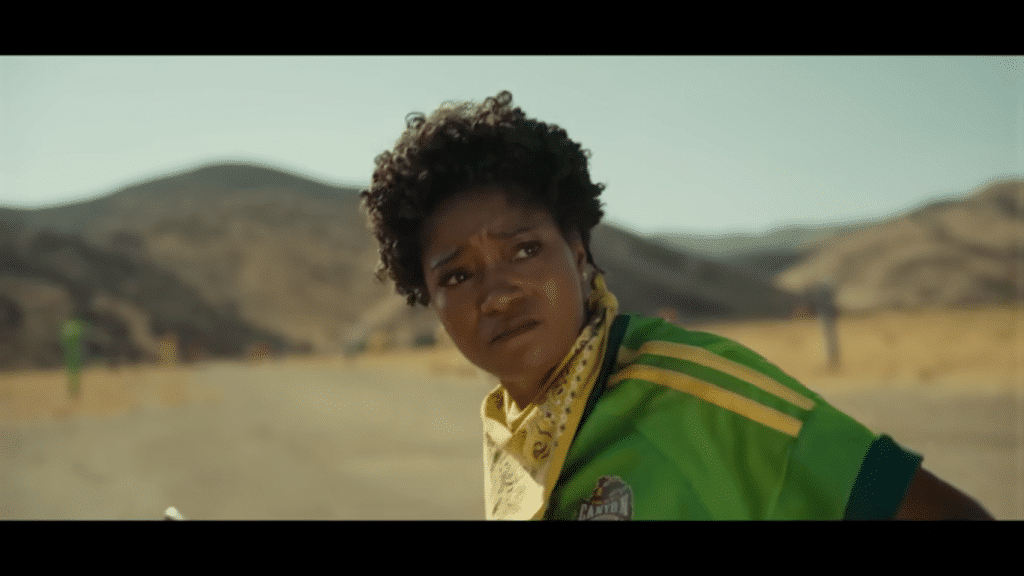
If you enjoy horror, be sure to check out this article on psychological thriller, Severance.


